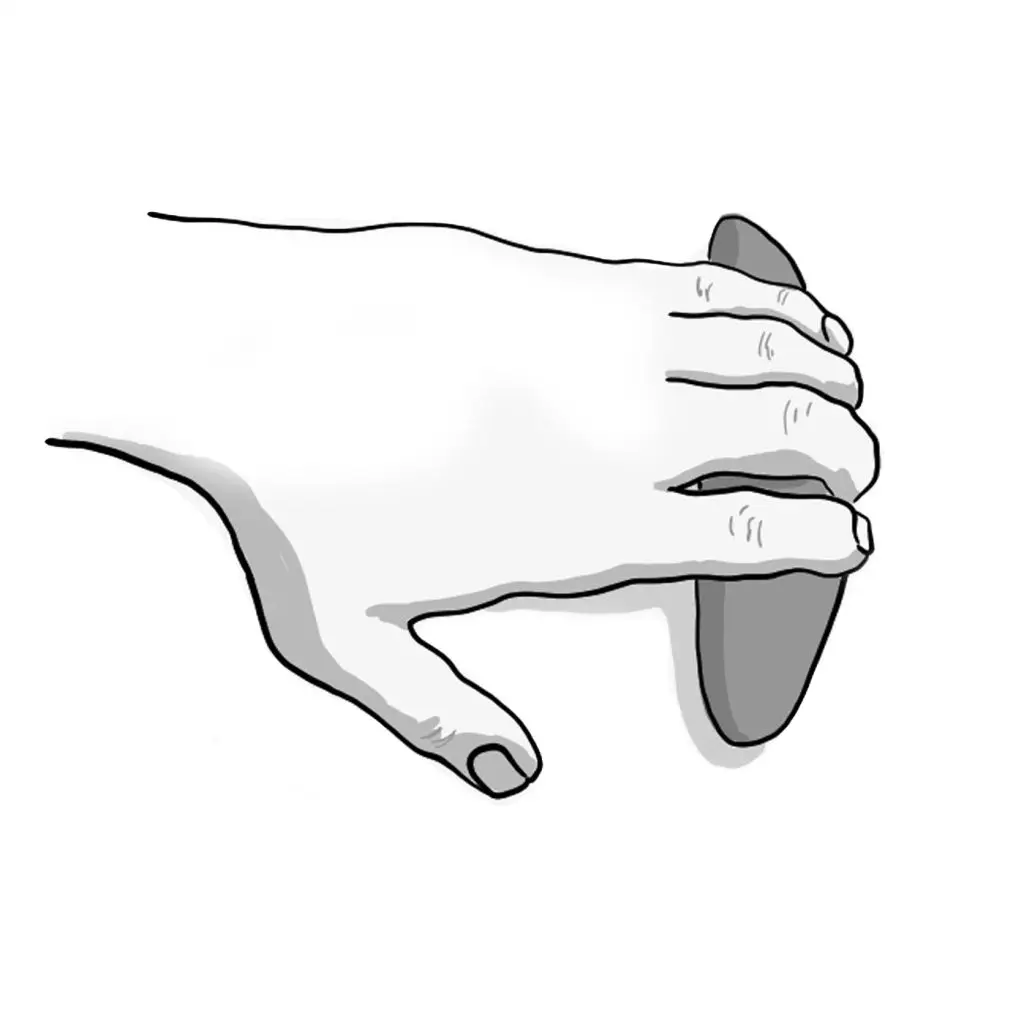Don’t Over-Grip Your Holds.
As you become a better climber, holds get harder. What do you do? Don’t over-grip. On technical climbs, holds get smaller and more sloped. Keeping your arms straight for as long as possible goes from being efficient to being necessary.
Over-gripping is not only a result of keeping arms bent but also from actually holding on more tightly than absolutely necessary. This becomes a huge energy drain that frequently results in preventable falls.
The goal for climbers is to hold on to any and all handholds only with as much force as necessary to not slip off. This means that climbers should feel like they are “almost slipping off” all of their handholds.
Especially on slab, it is best to view the hands as there to help keep balance. Doing this will let the legs truly do all the work of moving your hips around saving you energy.
Think About Efficiency
It’s important that climbers begin to think about the most efficient way to pull on handholds. Thinking this way will get the greatest possible advantage from each one. By our understanding, the greatest possible advantage would come from being able to use the hold with the least possible effort. So now is probably a good time to talk a bit about friction.
Friction is Your Friend
As any climber knows, friction is our friend in this sport. The stickier a hold, the less work it is to hold onto it.
Friction is a function of three things:
the stickiness of the hold (determined by the coefficient of friction),
the amount of force you put on the hold (from your weight or your muscles),
and the angle at which you hold it.
We have little control over the first of these. We can use chalk to keep our hands dry, or we can brush holds, but that’s about it. We have some control over the force on the hold, but, of course, at a price. If we get heavier or pull down harder, we can increase the friction. However, we will also be sacrificing our own energy reserves in the process.
All About Those Angles
To increase our efficiency, we must concentrate on the angle of attack. When approached properly, this can increase the friction between our hands and the hold, without using additional energy (or chemical adhesives).
Luckily, this is a fairly simple thing to do.
The first thing you should notice is that every handhold has a major axis. That is to say, every hold has a “best side” (depending on the intended sequence) that will roughly follow a straight line.
The greatest degree of friction is found when we pull at right angles to that axis, or at a 90-degree angle to that line.
If we refer back to our earlier article on hold angles (flat, side-pull, gaston, undercling) you may notice that the names we use tend to refer to such an axis.
For a flat hold the major axis is basically horizontal so that the best way to pull on it is straight down.
In regards to a side-pull, the major axis is at an angle to the vertical, and so the angle of attack is pulling toward your body with your thumb up.
And for a gaston, the angle of attack is the same as for a side-pull. However the hold would be on the opposite side of the body, so we need to lean into the hold and grab it thumb down.
Understanding the Axis of a Hold
This notion of a major axis provides two key benefits.
First, it gives us a good way to refine our sequences. We can use the orientation of each hold to help determine the best body position to load that hold. In turn, it will give us a lot of useful information about which footholds will work best to get us into that position for the next move.
Second, it gives us another useful piece of information for why a given sequence might not be working very well.
For example, gastons are frequently a source of frustration for new climbers as they seem to take a great deal of energy to hold onto and pull off of.

In fact, gastons are, all things being equal, more strenuous to use than side-pulls and holds, mainly because they typically require a locked-off position to use.
New climbers, however, tend to make things even harder for themselves because they do not yet think of the angle of attack consciously. Instead, they tend to reach up for a gaston and try to pull down on it, as this is what they are used to doing on most holds.
Further, if they are focusing on straight arming, they often fail to realize how far to the side they would need to be to hold the gaston properly.
Putting it All Together
If you consider the angle of attack, it should be readily apparent that pulling down on a gaston is the worst possible way you could grab the hold.
It results in you pulling along the major axis, as opposed to at a right angle to it. Pulling along the major axis gives you the least amount of friction while pulling at a right angle to it gives you the greatest amount of friction.
Armed with this knowledge, when looking up at a gaston for your next move, your sequencing should aim to put you in a position to pull against the best part of that hold. This will likely change your footwork, or even your hand sequence (if you notice an alternate way to, for instance, switch the gaston to a side-pull).
All material is reprinted with the permission of the author. Copyright 2022 David H. Rowland. All rights reserved.




